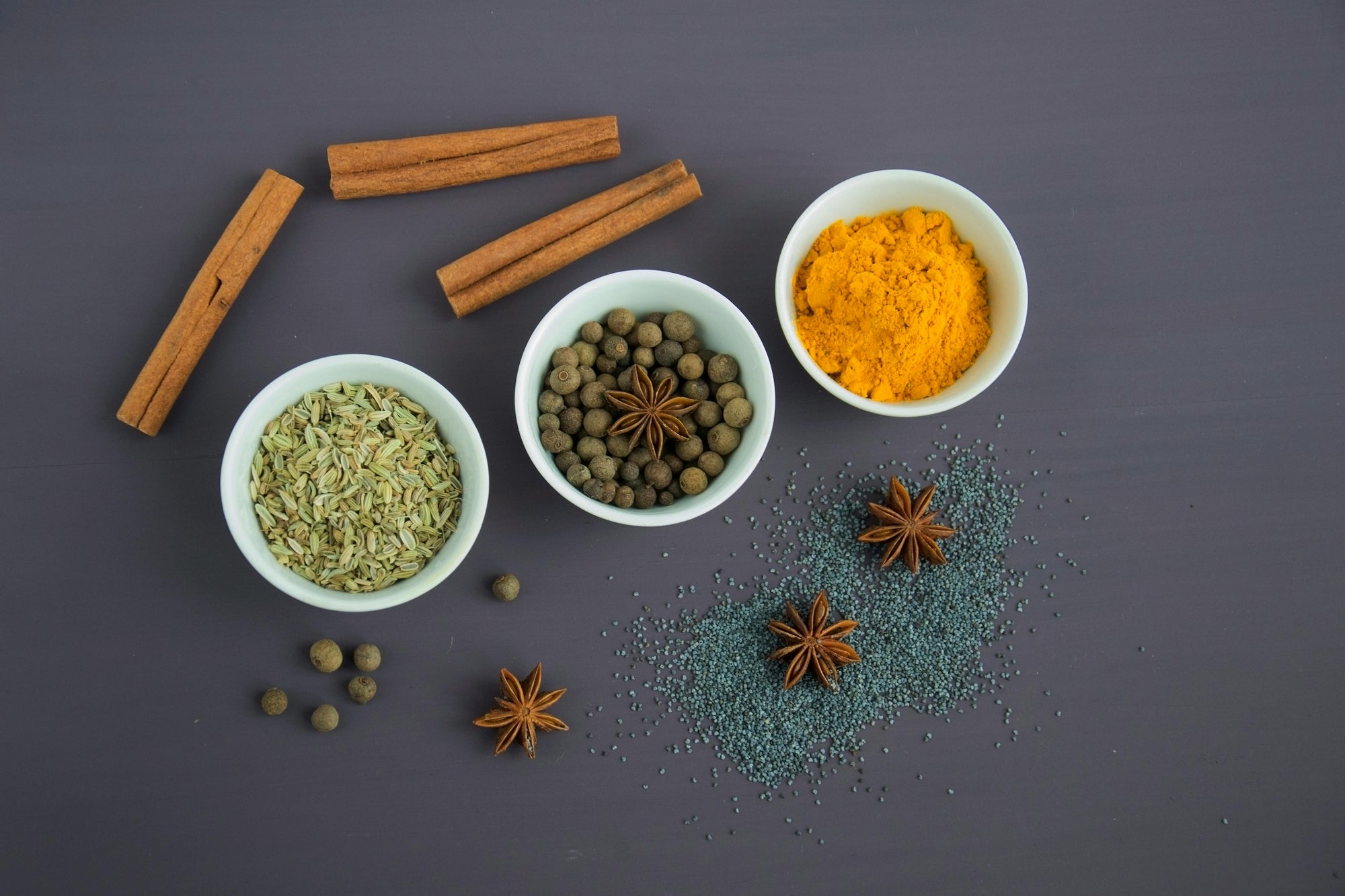

· By Diana Stobo
Report on Adaptogens and Their Effects
Adaptogenic herbs, such as ashwagandha, rhodiola, and maca root, have gained significant popularity, especially on social media platforms like Instagram and wellness sites like Goop. These herbs are increasingly found in smoothies, lattes, and supplements, and are touted for their various health benefits, such as boosting the immune system, balancing mood, reducing stress, and increasing mental focus. While adaptogens have roots in traditional Chinese and Ayurvedic medicine, the scientific evidence surrounding their effectiveness is still developing. Below is an overview of common adaptogens, their origins, and their potential health benefits.
What Are Adaptogens?
Adaptogens are natural herbs and plants believed to help the body adapt to stress—whether physical, mental, or emotional. They are said to regulate the body’s response to stress by interacting with the hypothalamic-pituitary-adrenal (HPA) axis, which is responsible for controlling the stress hormone cortisol. While adaptogens have been used for centuries in traditional medicine, modern scientific understanding of their mechanisms is still limited[^1].
Common Adaptogenic Herbs and Their Benefits
- Ashwagandha (Withania somnifera)

- Origin: Native to India and North Africa, used extensively in Ayurvedic medicine.
- Benefits: Known for reducing stress, promoting sleep, and increasing energy. Ashwagandha may help balance cortisol levels, reducing the physical effects of stress. Some studies have also shown its potential in reducing inflammation and anxiety[^2].
- Usage: Often taken as a supplement or added to teas and smoothies. A common dosage is 300 mg twice a day, with some studies suggesting its efficacy over two months[^3].
- Rhodiola (Rhodiola rosea)

- Origin: Native to Arctic regions of Europe and Asia.
- Benefits: Thought to help balance neurotransmitters like dopamine and serotonin, which can help alleviate burnout and fatigue. It may also improve cognitive function and combat depression[^4].
- Research: Some studies have found Rhodiola useful for reducing fatigue, but other research shows mixed results. It is often used to fight mental and physical fatigue during stressful times[^5].
- Maca Root (Lepidium meyenii)

- Origin: Native to the Andes Mountains in Peru.
- Benefits: Often touted for boosting energy, balancing hormones, and enhancing libido. It is nutrient-dense, containing vitamin C, copper, potassium, iron, and anthocyanins, which are antioxidants[^6].
- Concerns: Although it has numerous nutrients, research is still inconclusive on the specific health benefits of maca. There are also concerns about its potential interference with thyroid function[^7].
- Turmeric (Curcuma longa)

- Origin: Widely used in Indian and Southeast Asian cuisine, particularly in traditional Indian medicine (Ayurveda).
- Benefits: The active compound, curcumin, is well-researched for its anti-inflammatory properties. It has been shown to help with metabolic conditions, anxiety, and inflammation. However, curcumin is not easily absorbed by the body, and no standard dosage guidelines exist[^8].
- Usage: Often consumed in supplement form, teas, or added to foods like curries and lattes.
- Cordyceps (Cordyceps sinensis)

- Origin: A parasitic fungus native to the Tibetan Plateau.
- Benefits: Linked to improved athletic performance, energy levels, and immune function. Some pilot studies show that cordyceps may improve oxygen uptake, which could enhance endurance[^9].
- Usage: Frequently found in mushroom coffee blends and supplements. A typical serving is much lower than the amounts used in clinical studies, so effects may be less pronounced.
- Ginseng (Panax ginseng)

- Origin: Used in traditional Chinese medicine for centuries.
- Benefits: Ginseng is believed to support hormonal balance, fertility, and energy levels. However, evidence for these effects is mixed. Some studies suggest benefits in sexual health, while others point to side effects when taken alongside prescription medications[^10].
- Caution: Daily use of red ginseng may lead to headaches, increased blood pressure, or interactions with other medications[^11].
- Holy Basil (Ocimum sanctum, or Tulsi)

- Origin: Revered in Indian Ayurvedic medicine.
- Benefits: Holy basil has anti-inflammatory properties and is rich in antioxidants. It is often used to help balance cortisol levels, reduce stress, and improve mood[^12]. Some research suggests its use in managing chronic diseases such as diabetes and metabolic syndrome, though human trials are limited[^13].
- Usage: Commonly consumed as a tea or supplement.
Should You Take Adaptogens?
While adaptogens can be easily incorporated into a diet in food or supplement form, caution is necessary when selecting and dosing supplements. Since the scientific evidence for adaptogens is still emerging, their effectiveness varies depending on the herb and individual. Some adaptogens may have side effects or interact with medications, such as Ashwagandha’s potential impact on pregnancy and blood pressure medications[^14].
Key Considerations:
- Supplement Quality: Choose supplements that are tested by third-party organizations for purity and potency to avoid contaminants. Look for NSF or similar certifications to ensure the product meets quality standards.
- Dosing: Negative side effects from adaptogens typically arise from overuse. A healthcare professional can guide proper dosage and potential interactions with prescription medications.
- Dietary Inclusion: Many adaptogens can be added to your diet naturally. For example, turmeric can be used as a spice in cooking, and holy basil can be brewed as tea. This approach is generally safer than supplementation and offers a more holistic inclusion in your daily diet.
Conclusion
Adaptogens, while gaining significant attention for their potential health benefits, still require more scientific validation. For now, they may offer stress relief, improved mood, and other health benefits when used appropriately. Incorporating adaptogens into your diet or using supplements can be a beneficial strategy, but it’s crucial to consult with a healthcare provider to ensure safety and effectiveness. As research continues, adaptogens could potentially play a larger role in health and wellness, particularly in managing stress and inflammation.
In health and love,
Diana Stobo

-----------------------
Footnotes:
[^1]: Cohn, M.N. (2020). “Adaptogens: The Healing Power of Plant-Based Herbs.” Journal of Nutrition & Dietetics.
[^2]: National Institutes of Health (NIH). (2019). “Ashwagandha: Health Benefits and Uses.” National Center for Complementary and Integrative Health.
[^3]: Smith, T., & Foroutan, R. (2021). “The Effectiveness of Ashwagandha in Stress Reduction: A Review.” Integrative Medicine.
[^4]: Foroutan, R., & Nolan Cohn, M. (2021). “Rhodiola and Its Role in Stress Reduction.” Journal of Herbal Medicine.
[^5]: Scholey, A., & Stough, C. (2010). “Rhodiola rosea for Mental and Physical Fatigue: A Review.” Current Clinical Pharmacology.
[^6]: Gonzales, G.F. (2012). “Maca Root: An Overview of Its Traditional and Current Uses.” Food Research International.
[^7]: NIH. (2021). “Thyroid Interactions of Maca Root.” Endocrine Reviews.
[^8]: Aggarwal, B.B., & Harikumar, K.B. (2009). “Potential Therapeutic Effects of Curcumin.” Biochemical Pharmacology.
[^9]: NIH. (2018). “Cordyceps for Athletic Performance: A Preliminary Review.” Journal of Applied Physiology.
[^10]: Coon, J.T., & Ernst, E. (2002). “Panax Ginseng: A Systematic Review of Its Efficacy.” British Journal of Clinical Pharmacology.
[^11]: NIH. (2015). “Interactions of Red Ginseng with Medications.” Clinical Therapeutics.
[^12]: Cohen, M.M. (2014). “Tulsi—Ocimum sanctum: A Herb for All Reasons.” Journal of Ayurveda and Integrative Medicine.
[^13]: Prakash, P., & Gupta, N. (2005). “Therapeutic Uses of Ocimum sanctum Linn (Tulsi) with a Note on Eugenol and Its Pharmacological Actions: A Short Review.” Indian Journal of Physiology and Pharmacology.
[^14]: NIH. (2019). “Interactions of Ashwagandha with Prescription Medications.” National Center for Complementary and Integrative Health.
